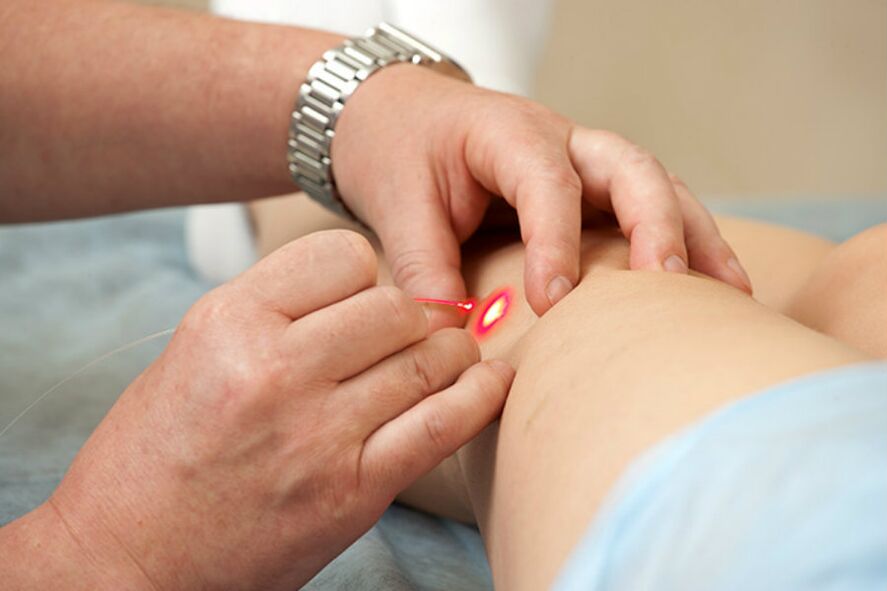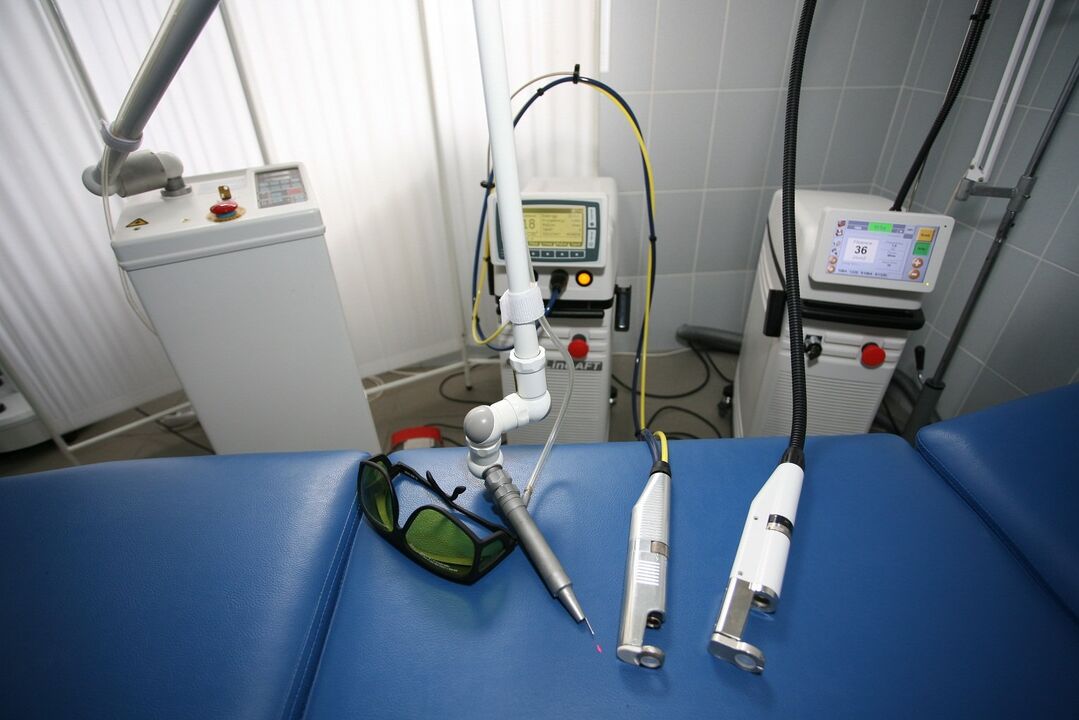The clinical manifestation of HPV infection is the appearance of ugly wart-like bodies on the skin on various parts of the body. Today, modern medicine and cosmetology offer many different ways to remove this growth. But the most effective method is laser wart removal, for both adults and children.
As proven by numerous reviews, benign structures on the skin are quickly and painlessly burned away by the laser. The procedure uses modern equipment that allows you to adjust exactly the depth of treatment needed for tissue damaged by wart growth. This eliminates the occurrence of recurrence and the formation of unsightly scars.
Purpose of laser wart removal
All types of warts can be burned with a laser beam anywhere on the body. Such procedures are carried out in specialized medical centers by highly qualified specialists with the help of high-tech equipment. This method is considered particularly effective in removing the following types of warts:

- flat;
- sole;
- normal.
If there are no contraindications, a laser beam is almost always used to remove benign skin growths when the formation is in a prominent location. This is due to the high aesthetics of the program. That is to say, after the operation, the healing is fast and no scarring is left.
Also, this method is suitable for cases where warts need to be removed in hard-to-reach places. This is directly related to the characteristics of the device, which can be easily reconfigured for any part of the body. Papillomas up to 5 mm in size are cauterized with the help of a laser beam. To remove large warts, electrocoagulation is recommended.
suggestion! In children, laser removal of warts can only be done after the age of five, and only if the formation causes discomfort. This is because the growth goes away on its own as the child grows and the body reorganizes.
How does laser wart removal work?
The process of removing warts with a laser causes no discomfort and takes no more than 5-7 minutes to perform. The activity includes the following phases:

- anaesthetization. If a wart has formed that has affected a large area of skin, then an injection of anesthesia is given. But usually, using a special anesthetic ointment or gel is enough to relieve the pain.
- move. A laser beam is aimed at the wart and the benign structure is burned away. There is absolutely no pain after anesthesia, the patient only feels a slight tingling sensation.
- processing. Small wounds are treated with an alcohol-free antiseptic, which can be replaced with a potassium permanganate solution. Afterwards, an antiseptic regeneration bandage is applied.
suggestion! You should know that if the roots of the buildup are deep, then use the laser beam again for cauterization after a few months. This avoids recurrence.
To remove benign skin lesions, various CO2 surgical lasers are most commonly used. Often, they can be compared to non-contact "scalpels". Due to the natural properties of the laser beam, all operations are painless and guaranteed to be completely sterile.

When exposed to a laser beam on wart formation, coagulation of protein structures and layer-by-layer evaporation of damaged tissue occurs. That is, after such treatment, all virus-affected cells die. The laser beam provides blood vessel "welding" along the wound edges, ensuring bloodless surgery and ruling out infection.
suggestion! You should know that sunbathing or going to the sunroom is not recommended for a few weeks prior to laser wart removal.
Contraindications for laser wart removal
Before removing warts with a laser, it is necessary to carry out an inspection to confirm the good quality of the skin formation. Usually, it is enough for a specialist to examine the tissue under a microscope, but if in doubt, a biopsy can be prescribed.
suggestion! It should be remembered that the use of laser beams to cauterize malignant tumors is strictly prohibited.
In addition, there are other contraindications, namely:
- pregnancy and lactation;
- diabetes;
- Epilepsy and other disorders associated with seizures;
- Immunodeficiency;
- Skin allergies and intolerance to applied anesthesia.
- Allergic to UV rays.
suggestion! During pregnancy, you can only remove warts with a laser if they are causing discomfort. This may involve plantar growth or formation at the site of friction. In this case, it is best to rule out the use of anesthesia so as not to harm the unborn child.
Laser wart removal should be delayed if:
- a fever caused by a bacterial or viral infection;
- hypertension;
- exacerbation of chronic disease;
- Herpes gets worse.
Restrictions after wart removal
After a wart is removed with a laser, a small piece of crusty skin remains on the treated area, and there may be slight redness and slight swelling around the wound. In the days following surgery, no action is recommended, namely:
- Forcibly remove the crusts produced after laser irradiation;
- Apply any medical or cosmetic application to the healing surface;
- Wipe the wound after taking water.

In addition, it is important to remove skin growths with lasers after:
- Avoid prolonged sun exposure until the wound is fully healed;
- Do not go to public places such as baths, saunas or swimming pools.
- Avoid overheating or hypothermia in the treated skin area.
According to the rehab rules, you can expect the resulting crust to fall off on its own in about two weeks. After that, within a month, the skin will fully recover without leaving any traces.
The only downside to laser wart removal is that the surgery is quite expensive. But at the same time, the price depends entirely on the size of the pile, the penetration depth of the roots, and the location of benign formations. In this regard, we can confidently say that, in most cases, removal of warts during the initial stages of their development is affordable.























